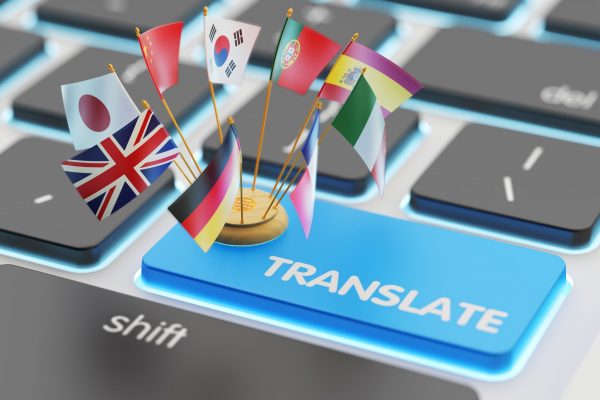Best Practices for E-Learning Localization

A good e-learning course reaches out to the learners throughout the world. Localization helps achieve this goal by making the e-learning course available in different languages for different regions. Also, localizing an e-learning course demands equal efforts as developing it does. As mentioned in our previous blog, translation and localization are two different yet related features. […]
E-Learning Localization

Localization is a way of connecting with consumers by adopting their language and culture. As stated in our blog Localization: An Introduction, it is a part of larger processes of the global market, termed as globalization and internationalization. These processes are not only applied to trade, but to education as well. The emerging e-learning methods […]
Localization: An Introduction

Contemporary learning has evolved through years of experimenting with different learning methods. These methods range from the old traditional classroom teaching to the contemporary e-learning method. (Refer to our blog Online Learning vs Traditional Learning: An Introduction for a detailed comparison). Although many factors contribute to make e-learning an effective learning approach, Localization is one […]


